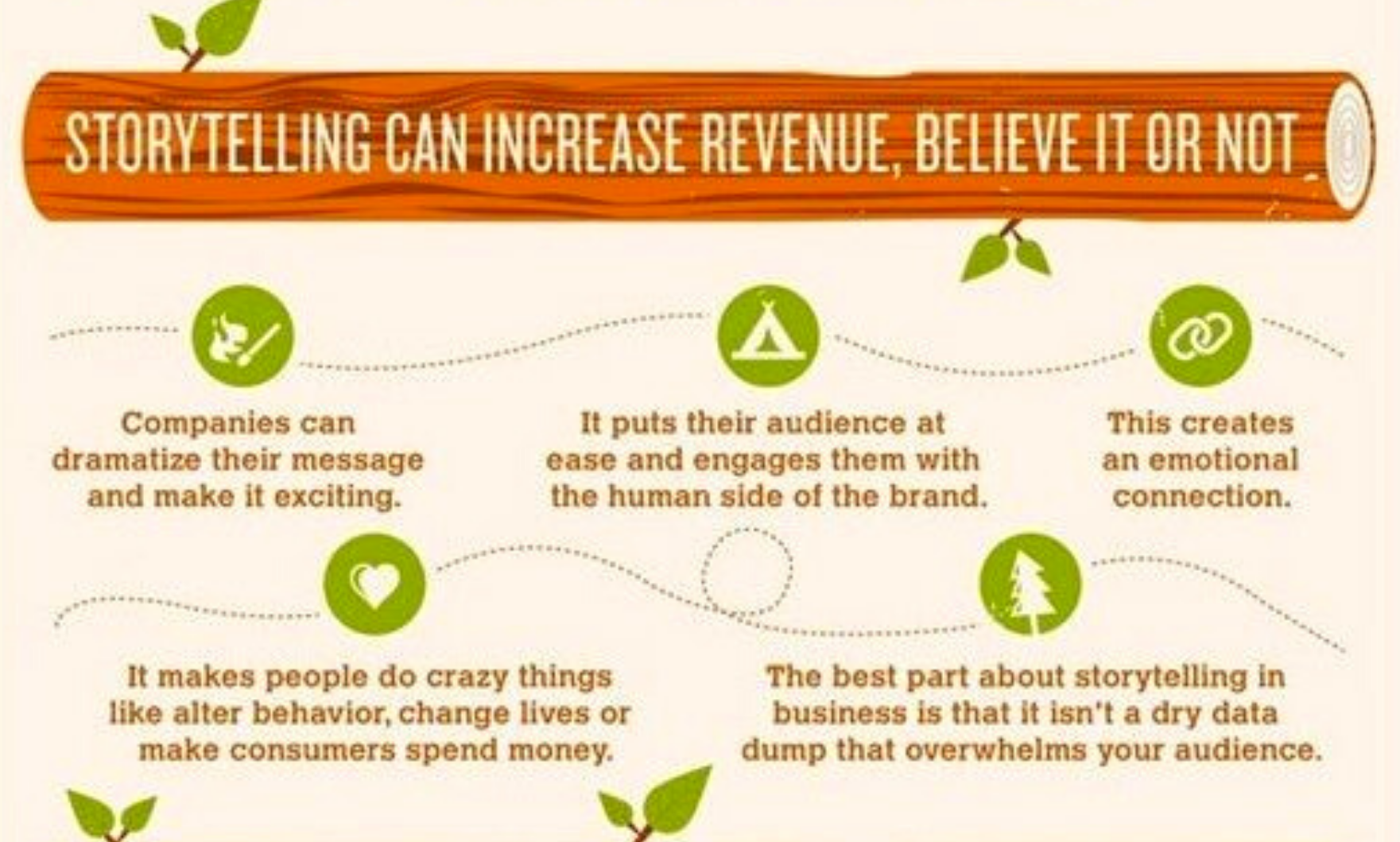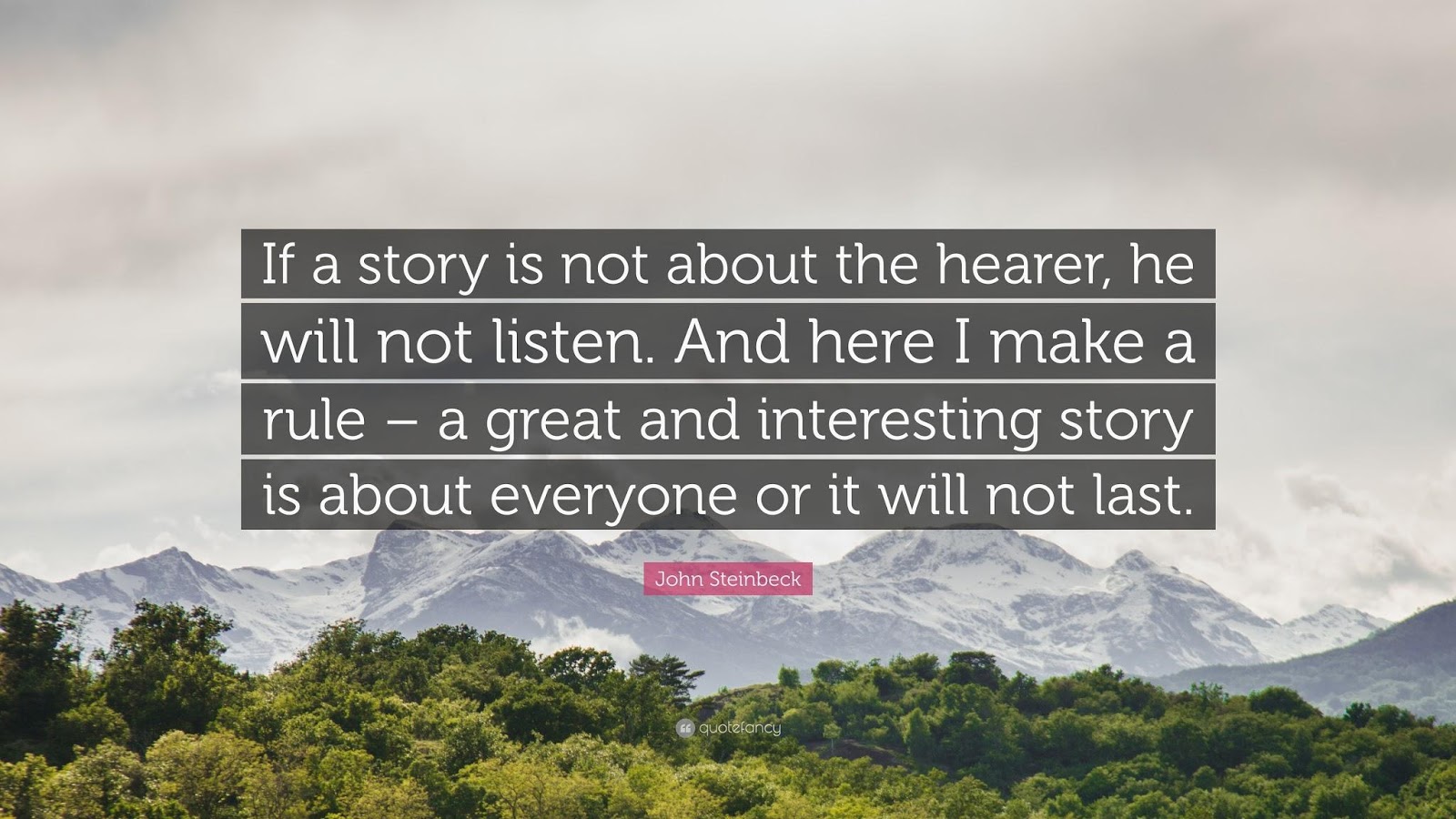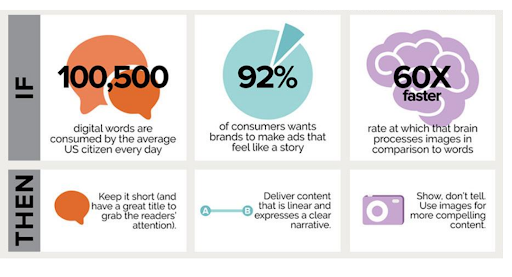Storytelling is the essential vehicle we, as human beings, use to relate to one another. From the time we are kids, we are told hundreds of stories a year–to incite imagination and creativity, to persuade, to teach–and there is a reason for that. According to Nick Morgan, author of Power Cues and president and founder of a communication consulting firm, “In our information-saturated age, business leaders won’t be heard unless they’re telling stories”. This is because they resonate with us in ways that facts and figures can’t, which gives captivating storytellers a powerful advantage. Luckily, Emma Coats, a former Pixar storyboard artist, has compiled a list of Pixar’s top storytelling elements. This means it’s easier than ever before to use storytelling to make more creative content!

Here are some of the most applicable rules from a business standpoint to apply to your writing:
Contents
Know Your Audience

The number one thing to keep in mind when storytelling is who you’re trying to reach. Once you’ve figured out who your audience is, you will be able to better identify how to cater this narrative toward them. Try to consider things from a perspective you normally wouldn’t–get creative. How do you think a Pixar Story can have an impact on both kids and adults? Find a way to universalize your story.
Define Your Message
Almost as important as who you’re attempting to reach, is the message you’re trying to convey.
What is the burning belief you have that is making you tell this story? Always keep this in the back of your mind, as it should be the driving force behind your narrative. Because this is something you are passionate about, it serves a real purpose, and will, therefore, have a bigger impact on the world. You should always try to be as succinct as possible and avoid jargon in order to sustain the focus on your point. This element will guide you to choose the most effective persuasive storytelling tactics for each situation. Remember: In order to motivate a desire to act, a story must first sustain attention.
Create an Underdog Character for Emotional Connection

This is another central element of good storytelling which should go hand in hand with the others. When conducting business, you need the customer to trust you. To inspire this trust, you must tap into their emotions by introducing a neutral, likable character they will find relatable. In other words, make your audience the hero. This is important because character-driven stories with emotional content result in a better understanding of your intent. In turn, these stories create “sticky” memories, which enable better recall of these points weeks later.
End With a Call to Action
Once you’ve guided your audience through a turbulent tale, wrap it up nicely with your call to action. Now that you’ve established an emotional bond, your audience will feel more empathy towards your cause, as well as share in any victories. Thus, they will feel more compelled to take concrete steps forward now and in the future.
Ultimately, there are a lot of moving parts that go into good storytelling, but the best stories will be the ones that can embrace all of these tools. Keeping in mind who you’re trying to reach, character relatability, and the message you’re trying to convey is essential when it comes to marketing and customer conversions. Creating content can be tough, but once you’ve hooked enough people through emotional and relatable storytelling, you will have also acquired a customer base that will be more engaging and interested in your brand’s overall message and activity.



